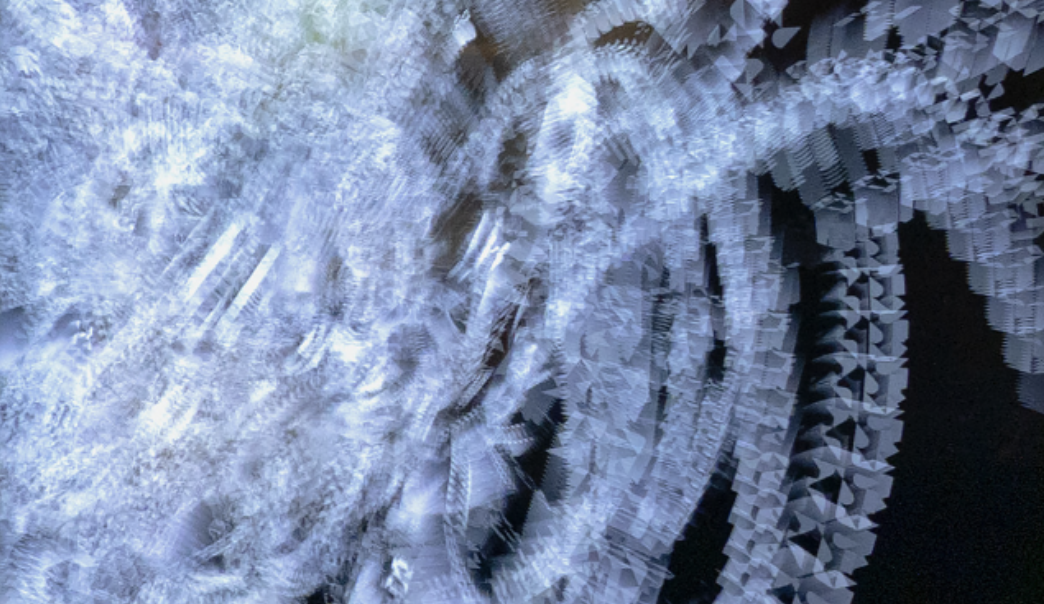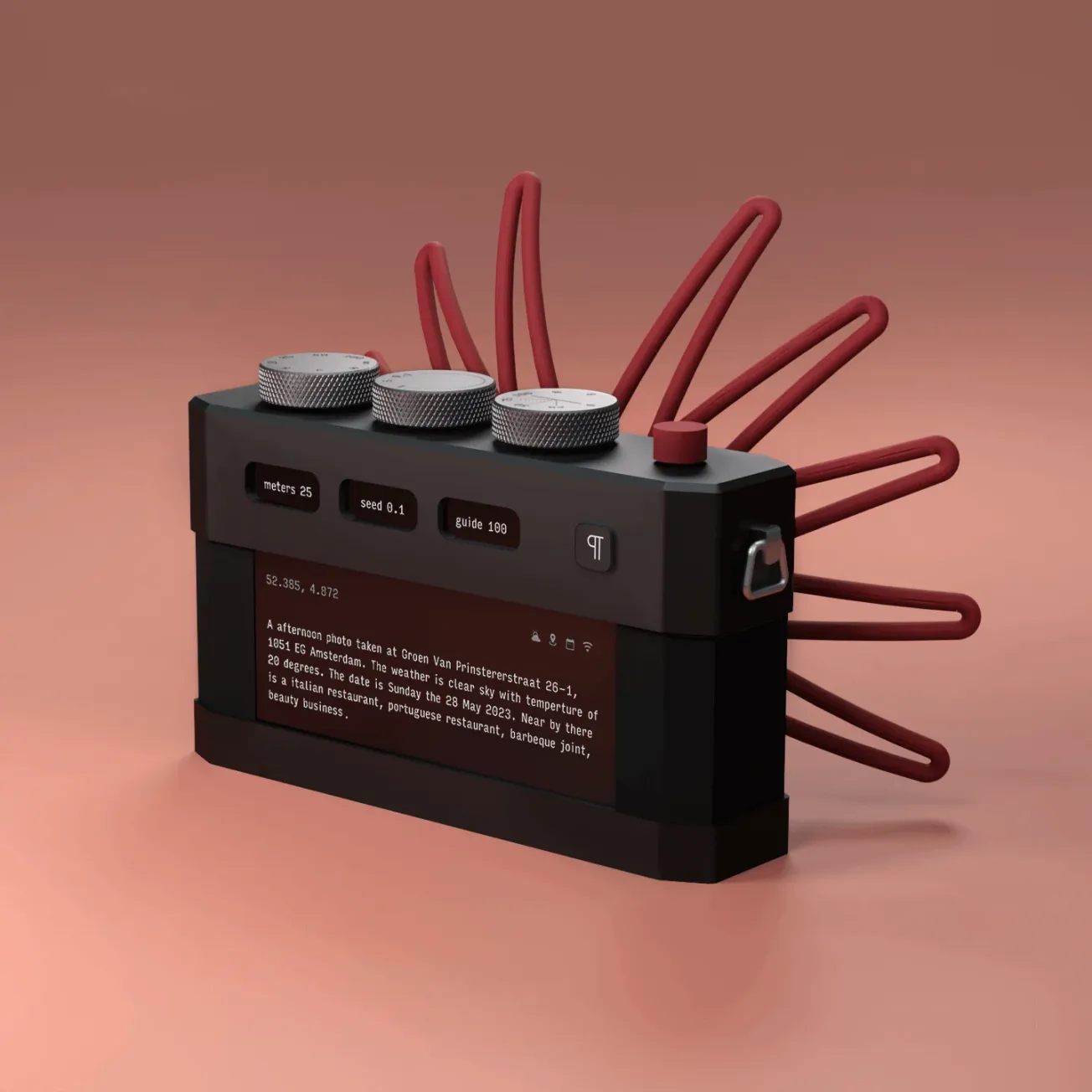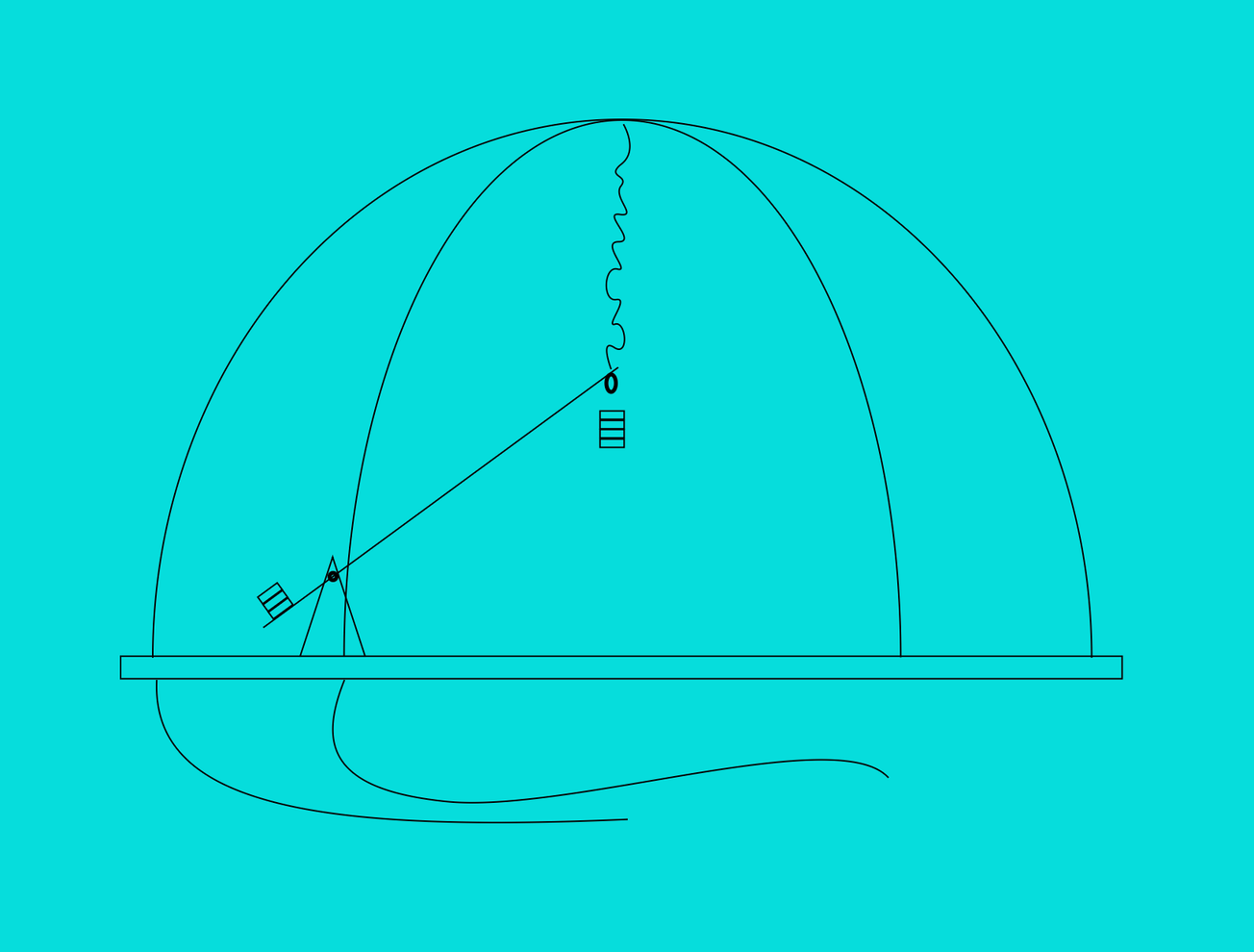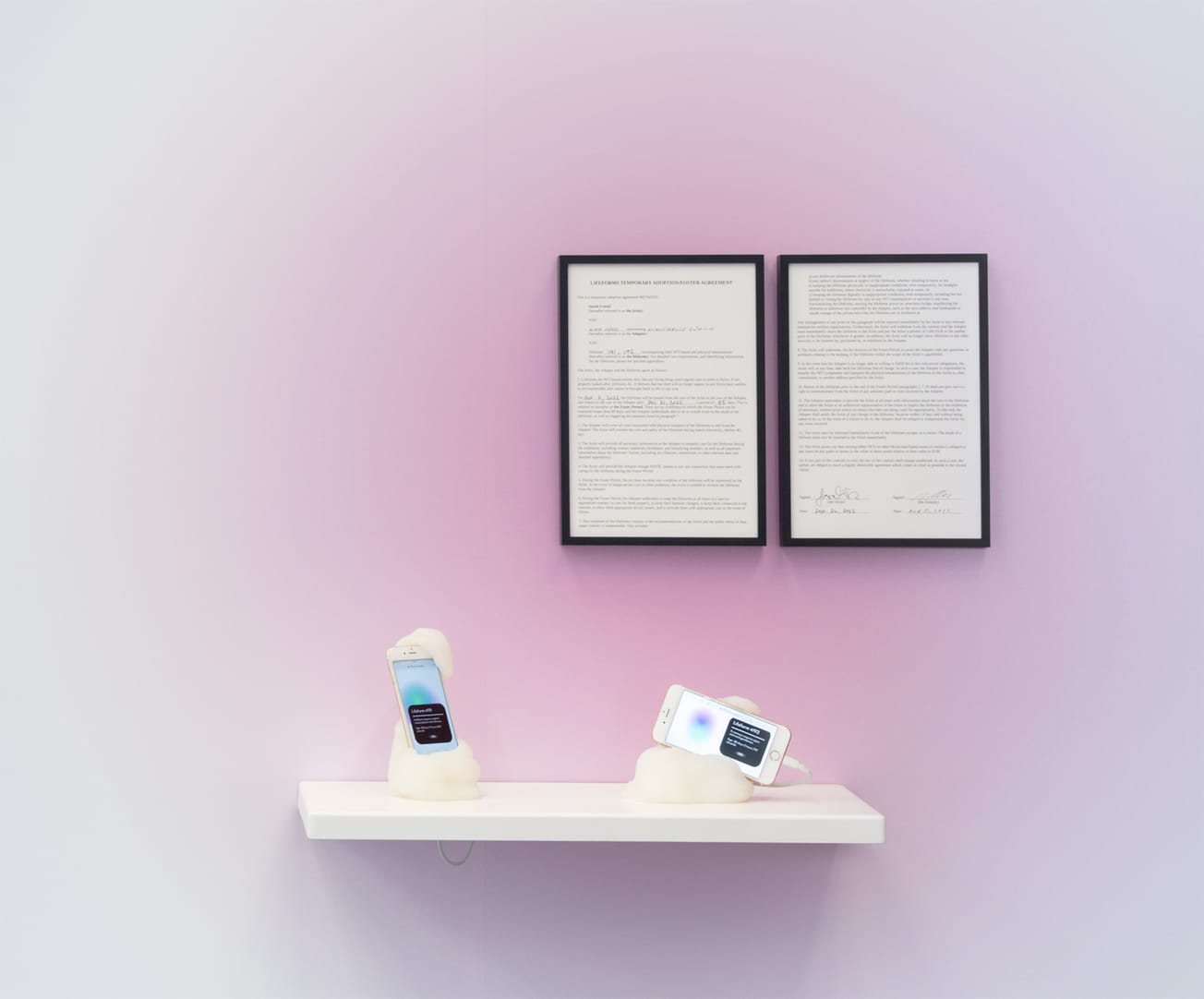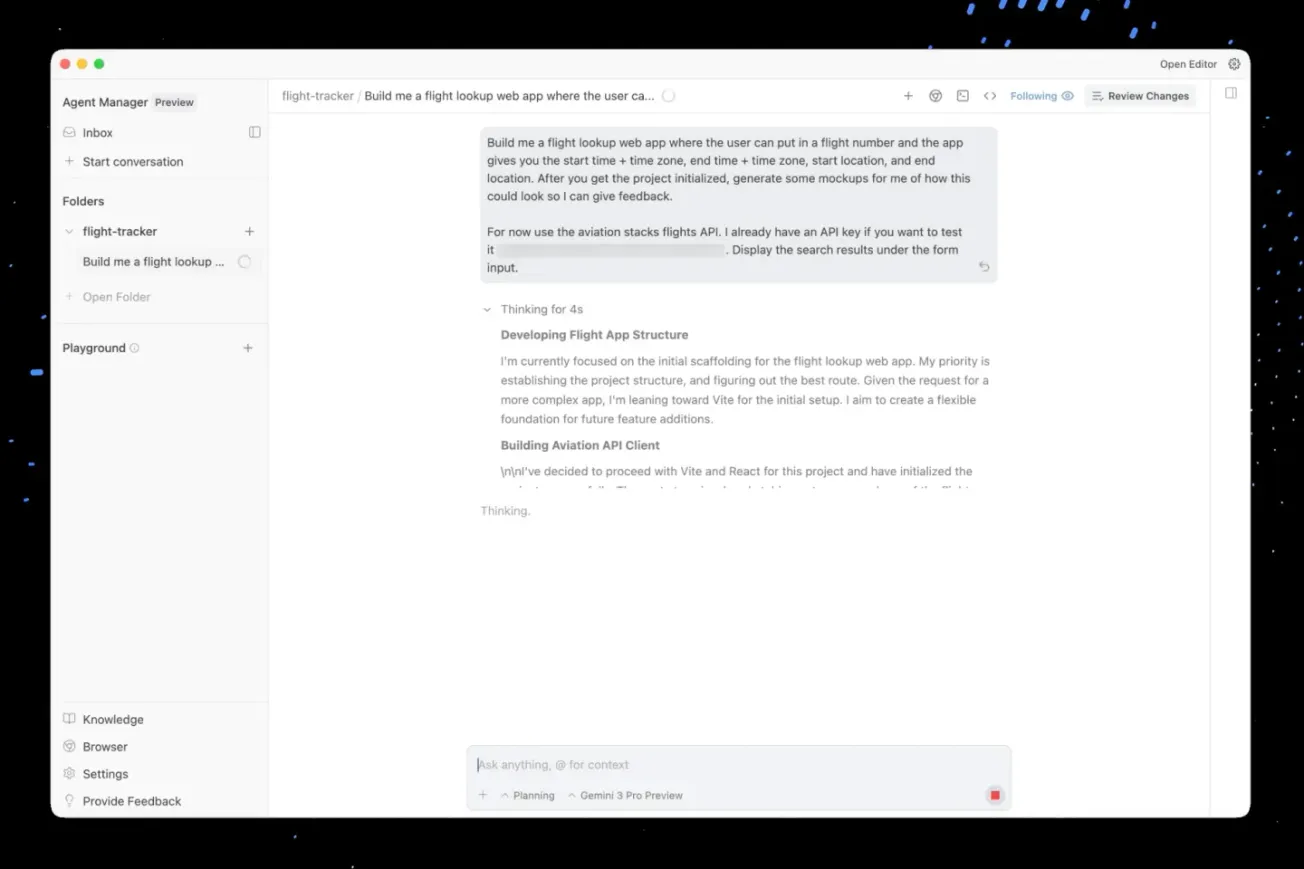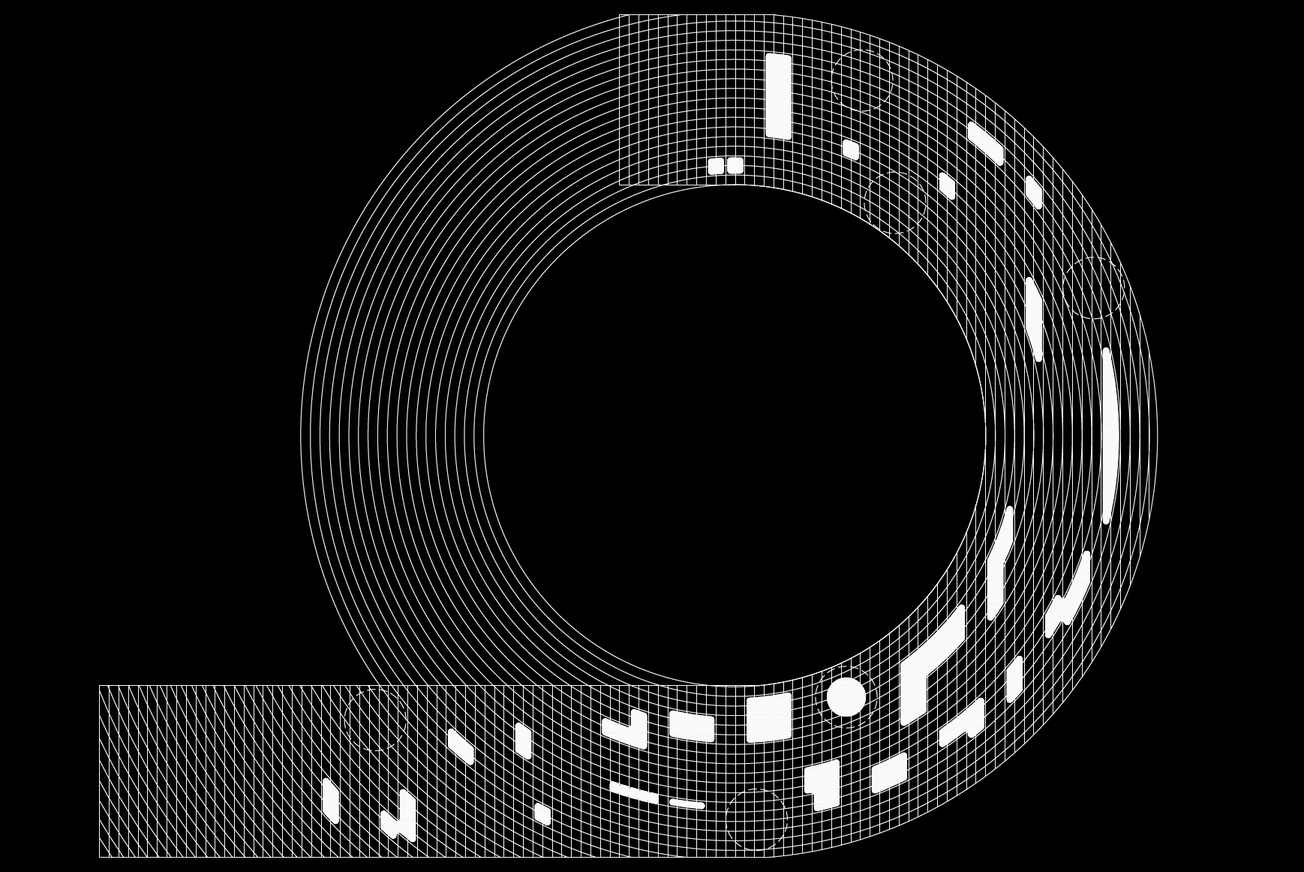Running through August 31, 2025, the exhibition Code as Canvas: Creative Graphics in the Age of AI brings seven international artists to the Gwangju Media Art Platform (G.MAP) in collaboration with Art Center Nabi. The show highlights how code, long seen as technical infrastructure, is emerging as a sculptural and emotional language of artistic expression. Featuring works by Peter Cho, Susan Detroy, Bob Faust, Renata Janiszewska, Karen LaFleur, Zach Lieberman, and Omid Nemalhabib, the exhibition maps how generative systems are reshaping both form and feeling in contemporary media art.
From Structure to Sensation
The exhibition draws inspiration from the 2025 International Symposium on Electronic Art (ISEA), hosted earlier this year by Art Center Nabi. It is organized into two sections that track the evolution of code as a creative language.
In Form as Code, artists Peter Cho, Bob Faust, Zach Lieberman, and Omid Nemalhabib treat programming as a compositional grammar. Through typography, gesture-based interaction, and algorithmic repetition, they reveal how code builds rhythm and structure, rendering invisible systems visible and sensorial. Their works emphasize order, sequence, and the capacity of computational rules to generate formal expression.

The second section, The Poetic Machine, turns toward the emotional register of generative art. Susan Detroy, Renata Janiszewska, and Karen LaFleur explore themes of memory, femininity, ecological sensibility, and identity using AI models, mobile media, and digital drawing. Installed across Gallery 3, the immersive black cube of Gallery 4, and G.MAP’s exterior Media Wall, these works expand the medium beyond the confines of the screen. The result is a layered, spatial encounter where code functions as a digital mirror for emotion and perception.

Artists as System Designers
Each artist in Code as Canvas approaches code not as a background tool but as the medium itself. Peter Cho integrates real-time inputs into generative visuals that shift with their environment. Bob Faust engages with structural systems that highlight how code organizes form and rhythm. Zach Lieberman, a long-standing figure in creative coding, continues to experiment with computational drawing systems that translate gesture and rule into visual performance. Omid Nemalhabib extends this approach through algorithmic repetition, producing works where motion and sequence arise from coded structures.
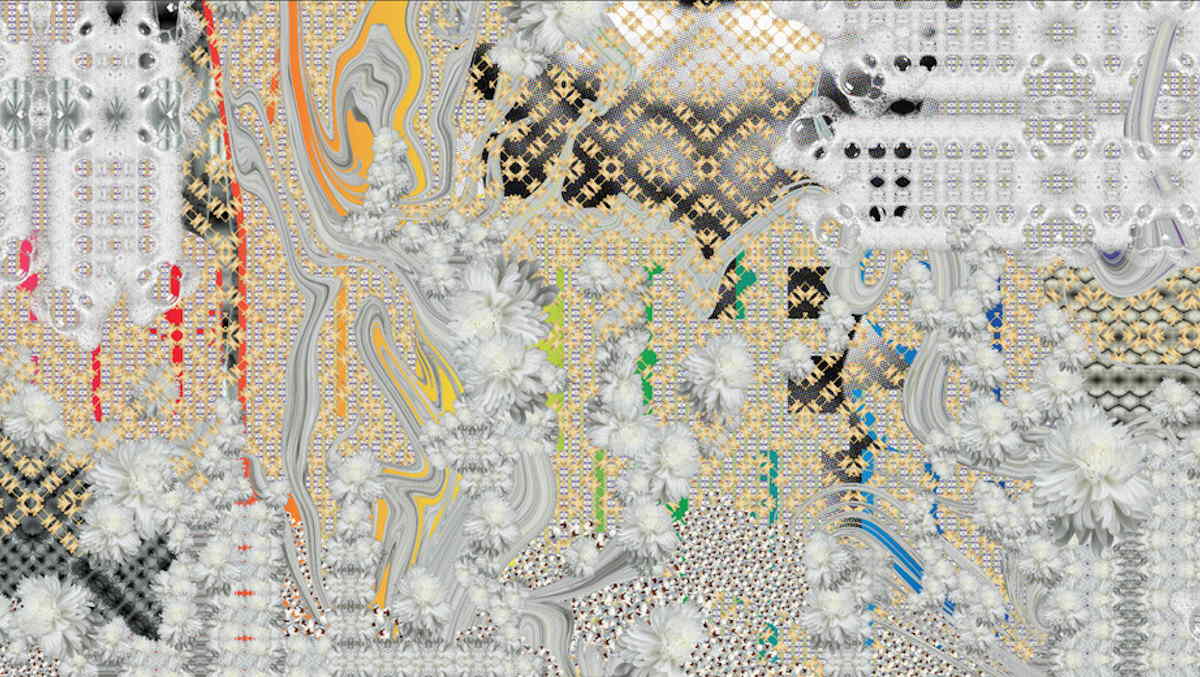
In the more sensory section of the show, Susan Detroy’s animated loops embrace transformation as a visual grammar, while Renata Janiszewska’s immersive projections surround audiences in generative visual environments. Karen LaFleur brings digital drawing into dialogue with procedural systems, treating code as a framework for memory and identity. Together, these works suggest that artists are increasingly operating as system designers—crafting responsive frameworks rather than fixed images.
Code as a Language of Perception
What Code as Canvas makes clear is that code is no longer only a set of instructions; it is a cultural and aesthetic language. Across immersive projections, gesture-based systems, and generative installations, the exhibition demonstrates how programming shapes not just form, but also emotion and memory. Visitors encounter works that continuously recompute visual language, challenging static ideas of authorship and perception.
The curatorial statement situates this shift historically, tracing code from its origins in Roman codices and medieval law books through its evolution into machine language and now a mode of cultural expression. Within this trajectory, the exhibition positions contemporary artists as translators—converting technical syntax into experiential and affective grammars.

By reconfiguring time, space, and sensation, Code as Canvas shows that generative art is not simply about technical effects. It is about how code can hold identity, evoke memory, and produce feeling, operating simultaneously as logic and as language. For a design-savvy audience tracking the future of visual practice, the exhibition offers a rare look at how computational aesthetics are shaping the canvas of contemporary graphics.
Code as Canvas: Creative Graphics in the Age of AI runs through August 31, 2025, at the Gwangju Media Art Platform (G.MAP) in the Republic of Korea. Admission details and updates are available through G.MAP and Art Center Nabi’s official channels.

